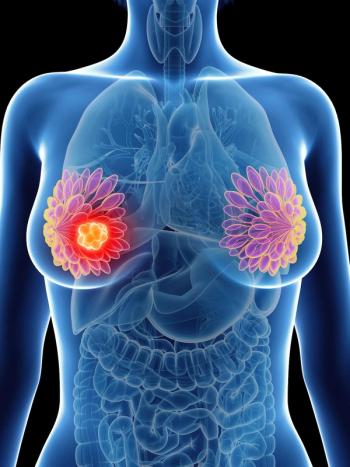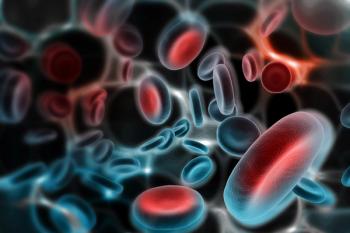
FDA Grants Orphan Drug Designation to BEA-17 for Glioblastoma
The FDA gives orphan drug designation to BEA-17, an investigational small molecule degrader that may benefit those with a common and aggressive brain tumor.
BEA-17, a first-in-class small molecule targeted degrader of LSD1 and coREST, has received orphan drug designation from the FDA for the management of glioblastoma, according to a press release from Beactica Therapeutics.1
Investigators previously reported promising pre-clinical in vivo activity for BEA-17 in several cancer types, including in state-of-the-art glioblastoma models. Additionally, pharmacokinetic studies involving the agent yielded good oral availability and blood-brain-barrier penetration. Investigators have yet to establish the agent’s efficacy or safety in humans.
“The FDA's decision to grant orphan drug status to BEA-17 marks an important milestone for the program and highlights the significant need for novel therapies to treat these devastating brain tumors,” Per Källblad, PhD, co-founder and chief executive officer at Beactica Therapeutics, said in the press release. The designation will facilitate our development of this agent which we believe has the potential to serve as a much-needed therapeutic option for patients affected by glioblastoma.”
LSD1 regulates expression in several target genes and works as a scaffolding protein that stabilizes transcriptional complexes.2 Evidence suggested that inhibition of LSD1 function may suppress cancer growth and promote anti-tumor immunity, as LSD1 is frequently overexpressed in cancers where it contributes to tumor growth.
Unlike other catalytic LSD1 inhibitors used in the clinic, the scaffold inhibitors of BEA-17 were designed to exert their efficacy by degrading both LSD1 and its partner protein, coREST. With BEA-17, investigators aim to augment the efficacy of immunomodulating therapies such as checkpoint inhibitors and radiation in cancers including glioblastoma.
With the orphan drug designation, the manufacturers of BEA-117 have received eligibility for federal grants, tax credits for qualified clinical trials, prescription drug user fee exemptions, and a marketing exclusivity period of 7 years following the FDA’s approval of the agent.
The manufacturers of BEA-17 previously received a grant from Swedish agencies for developing the agent as treatment for glioblastoma in June 2019.3 The project for researching the agent was awarded a grant of 2.8 Swedish kronor, which is approximately equivalent to 300,000 United States dollars.
“We are delighted about the recognition that this important project continues to receive,” Källblad said regarding the grant. “It is clear that BEA-17 is a promising compound on its own, but a combination therapy may create the synergy needed to maximize the clinical outcome in glioblastoma.”
References
- Beactica Therapeutics receives FDA orphan drug designation for BEA-17 for the treatment of glioblastoma. News release. Beactica Therapeutics. February 1, 2023. Accessed February 3, 2023. bit.ly/3jwqgoy
- Pipeline. Beactica Therapeutics. Accessed February 3, 2023. bit.ly/40mMb2d
- Beactica wins grant to develop combination therapy for glioblastoma. News release. Beactica Therapeutics. June 18, 2019. Accessed February 3, 2023. bit.ly/3HTm5MY
Newsletter
Stay up to date on recent advances in the multidisciplinary approach to cancer.


















































































